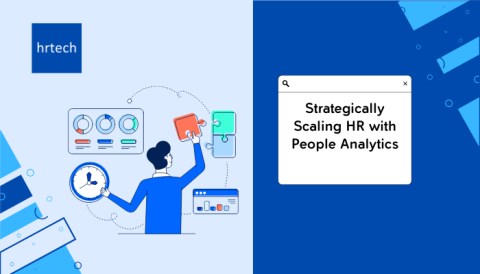TL;DR
- The Nine Box Grid helps assess employee performance and growth potential, categorising them into nine distinct groups based on these two factors.
- It provides a simple yet effective framework for making consistent decisions about promotions, coaching, and employee development.
- Regular updates and multiple perspectives in reviews are crucial for maintaining fairness and accuracy in the grid.
- The grid can guide succession planning by identifying leadership candidates and development needs for key roles.
- Alternatives, such as talent profiles or four-box grids, may be better suited for organisations with diverse needs or when the grid becomes too rigid.
Introduction
Managing people often creates tension between fairness, speed, and clarity across fast-moving teams with different goals and expectations. You need decisions that reflect both performance and potential, but many teams lack consistent tools or a shared vocabulary to guide those conversations.
Only 45% of organisational leaders believe their company uses consistent tools for employee performance management. In this blog, you’ll learn how the Nine Box Grid creates structure for better decisions.
What Is the 9-Box Grid?
The Nine Box Grid is a structured framework that evaluates employee performance and potential, helping to identify strengths, gaps, and development needs. It uses a three-by-three matrix, with performance and potential scored as low, moderate, or high, resulting in nine unique employee categories.
Here’s how each box is typically defined and used:
- Box 1: Low Performance / Low Potential
This employee contributes very little and shows limited growth potential. Consider coaching, reassignment, or role exit depending on business needs. - Box 2: Moderate Performance / Low Potential
This employee performs steadily but lacks signs of long-term growth. Focus on immediate contribution and avoid stretching into future-critical roles. - Box 3: High Performance / Low Potential
This employee consistently delivers reliable results but may have reached a plateau in their performance. Retain and support them while avoiding unnecessary pressure for upward movement. - Box 4: Low Performance / Moderate Potential
The current performance is weak, but future capacity exists. Clarify expectations and provide consistent coaching to explore development opportunities. - Box 5: Moderate Performance / Moderate Potential
This employee consistently delivers steady results with significant growth potential. Create a development plan that builds strengths and improves long-term impact. - Box 6: High Performance / Moderate Potential
The employee performs well and has growth opportunities. Offer challenges that stretch skills without requiring a formal leadership track. - Box 7: Low Performance / High Potential
The employee may be in the wrong role or underdeveloped. Identify blockers and reassign tasks that better match their growth profile. - Box 8: Moderate Performance / High Potential
This person learns fast and adapts quickly. Assign high-visibility projects and offer mentorship to accelerate readiness. - Box 9: High Performance / High Potential
This is your top-tier talent. Prioritise them for leadership succession, strategic exposure, and long-term retention investments.
These categories help teams clarify expectations, allocate development, and make smarter talent decisions more consistently.
How to Build a 9-Box Grid
Building the grid begins by defining what high, moderate, and low performance and potential look like in your organisation.
Once defined, you’ll facilitate cross-functional reviews to ensure placements are consistent, objective, and discussed from multiple perspectives.
To build your grid, follow these steps:
- Define performance: Use role results, goal attainment, and observed behaviours to form a complete picture.
- Define potential: Consider problem-solving, agility, communication, leadership traits, and the ability to grow beyond the current role.
- Involve multiple reviewers: Reduce bias by including more than one evaluator per employee wherever possible.
- Calibrate as a team: Host talent calibration sessions across departments to ensure ratings are consistent and well understood.
- Review trends: Monitor demographic scoring patterns for imbalances that may indicate bias or misalignment across teams.
- Record placement rationale: Document all final placements with supporting notes to improve transparency and reduce confusion.
Use a format that’s easy to update and share. Most teams start with Excel and graduate to HR software for broader visibility.
Using the Grid in Talent Management
Once your grid is built, it becomes a working tool for performance reviews, development planning, and broader workforce conversations.
Each placement points to specific next steps, making vague discussions about “potential” or “growth” far more actionable and fair.
Apply your grid to:
- Identify promotion readiness: Flag those closest to next-level roles based on placement, results, and observed growth.
- Guide coaching strategies: Use the placement to inform focus areas and development paths tailored to performance gaps or future goals.
- Support retention: Recognise and invest in reliable performers who may not seek growth but are still key to stability.
- Shape mobility: Assign stretch projects, shadowing, or rotations to build cross-functional capability and improve career velocity.
Used regularly, the grid highlights gaps and strengths that can be hard to see without structure and shared reference points.
Applying the Grid in Succession Planning
The grid plays a crucial role in succession planning by surfacing talent readiness and identifying potential gaps before a leadership vacancy occurs.
It enables teams to prepare more thoughtfully by pairing current results with long-term leadership signals, rather than relying solely on tenure.
Use the grid for succession in these ways:
- Highlight successors: Focus on employees in the top-right box or those showing strong upward trends with significant performance improvements.
- Plan growth steps: Design personalised development roadmaps based on placement and leadership readiness across key roles.
- Reduce risk: Flag high-priority roles with no successors and address gaps through targeted development or external recruiting plans.
Review the grid at least once or twice a year to keep it current and relevant to changing org structures and people movements.
Pros and Cons of the 9-Box Grid
The Nine Box Grid enables teams to make faster decisions by aligning leaders around a common language and a consistent evaluation framework.
It brings structure to a process that often feels subjective and scattered across managers or regions with very different expectations.
Consider these upsides and drawbacks:
- Shared vocabulary: Provides HR and leaders with a baseline for discussing talent in a more direct and aligned manner.
- Simplicity: Easy to explain, update, and roll out across departments regardless of size or maturity level.
- Clear direction: Each placement suggests next steps, such as coaching, challenge, or leadership tracking, based on role needs.
- Oversimplification: Labels people in ways that may feel limiting or miss nuance about broader contributions or role dynamics.
- Stickiness: Once placed, scores tend to remain unchanged if review cycles aren’t well structured and regularly refreshed.
- Subjectivity: Without calibration, the tool can reflect inconsistent standards or unconscious bias between reviewers.
The tool works best when paired with review discipline, multiple inputs, and a strong focus on context and transparency.
Alternatives and When to Move Beyond the Grid
The Nine Box Grid won’t always serve every org forever. Some businesses outgrow it or need tools that support different goals and contexts.
If your reviews feel forced or talent conversations get stuck, it might be time to explore different models or tools.
Here are a few common alternatives:
- Four-box grid: Uses simpler axes like impact and risk to get quicker alignment in smaller or flatter organisations.
- Talent profiles: Narrative documents that include strengths, growth goals, and career aspirations for more complete planning.
- Talent cards: Lightweight one-pagers for review sessions that combine ratings, notes, and highlights in a structured summary.
You might consider switching when:
- Most employees remain in the middle boxes year over year, with little movement or engagement in reviews.
- Conversations become formulaic or focus more on defending scores than solving business or people challenges.
- Managers struggle to use categories consistently, or calibration shows wide rating variations without a clear cause.
Choose the model that best supports honest talent conversations and enables your team to act confidently and reasonably on what they learn.
Ready to Bring Clarity to Your Talent Strategy?
The Nine Box Grid helps organisations assess employee performance and potential. It clarifies decisions around promotions, coaching, and succession planning.
TeamLease offers a complete suite of services to support your talent management needs. Their expertise in HR technology and workforce solutions ensures your processes are more effective.
Here’s how TeamLease can help:
- Workforce and HR Transformation: TeamLease helps define strategies, systems, and tools to optimise workforce performance and employee experience. They help businesses stay ahead.
- Professional Staffing: With over 200 talent acquisition specialists, TeamLease ensures quick and efficient hiring. Their AI tools improve sourcing and reduce time-to-hire.
- HR Technology Marketplace: Choose from over 450 curated HR solutions. TeamLease’s marketplace offers personalised recommendations tailored to your business needs and goals.
- HR Advisory and Consulting: TeamLease offers expert advice on optimising HR service delivery. They help redesign processes and adopt technology to improve HR effectiveness.
- Enterprise Learning: With a network of over 10,000 trainers, TeamLease offers tailored learning programs. Their offerings include certification, executive education, and custom content development.
TeamLease helps your organisation make informed talent decisions, enhancing workforce management and supporting your business objectives.
Book a demo with TeamLease today and see how they can help optimise your HR strategy!
FAQs
Q: How often should we update the grid?
A: The grid should be updated every six to twelve months, based on your organisation’s review cycles and any significant changes in structure.
Q: Who should be part of the review?
A: HR, managers, and department heads should be involved, as they are familiar with each employee’s performance and growth potential.
Q: What if someone disagrees with their placement?
A: Encourage open discussions to clarify the criteria used and focus on development plans rather than arguing the ratings.
Q: Should employees see their placement?
A: Some organisations share the grid with employees, while others keep it internal to inform decisions. This depends on the organisation’s approach.
Q: Can we use one grid for all roles?
A: Yes, but ensure the criteria for evaluating potential matches align with the specific requirements and expectations of different roles across teams.





